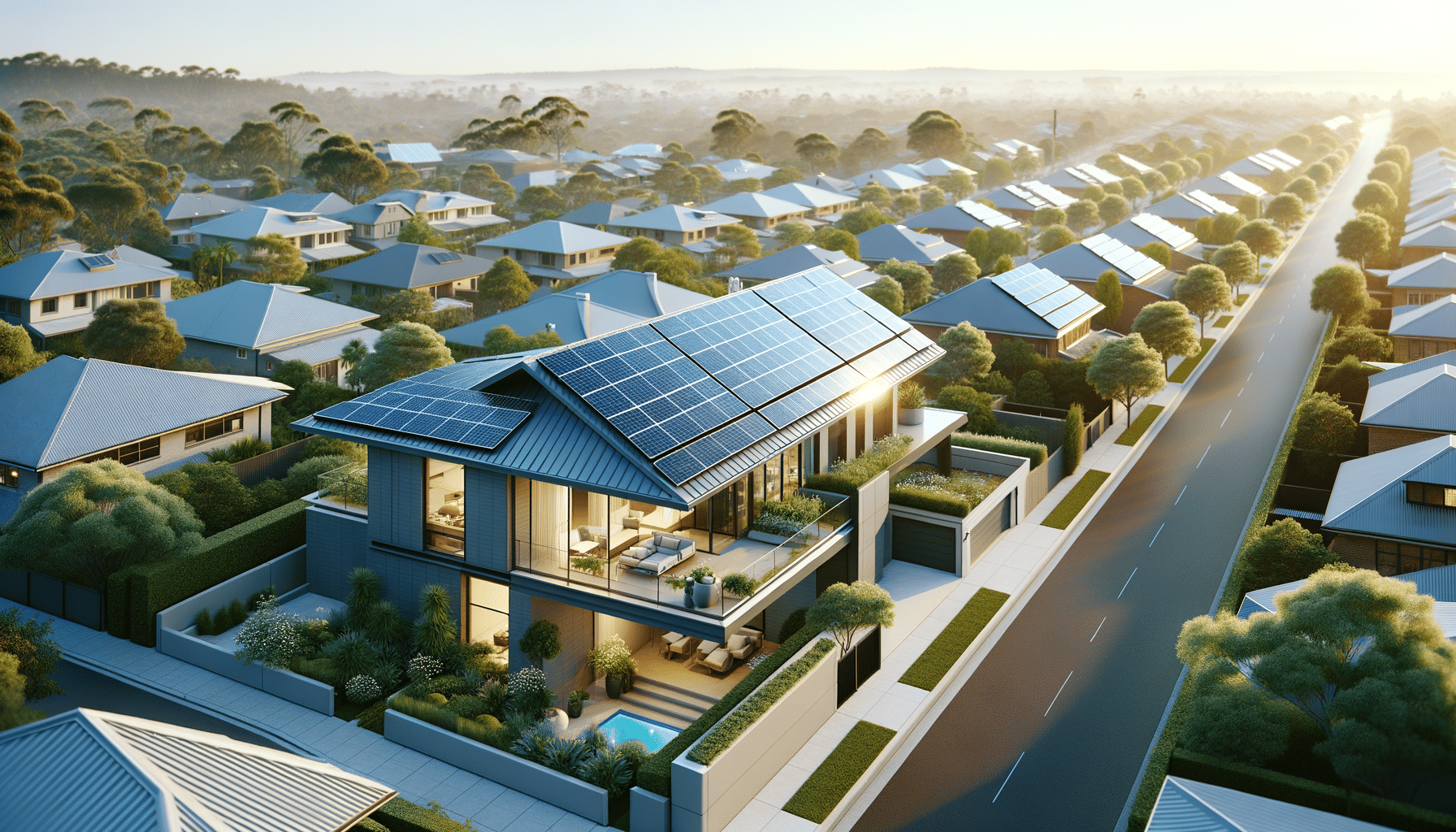
Learn more about home solar panels
Introduction to Home Solar Panels
In recent years, the interest in renewable energy sources has surged, with home solar panels becoming a popular choice for homeowners looking to reduce their carbon footprint and electricity bills. Solar panels offer a sustainable way to harness energy from the sun, converting it into electricity for household use. This article explores the various aspects of home solar panels, providing a comprehensive guide for those considering this eco-friendly option.
Benefits of Installing Solar Panels
Home solar panels provide numerous benefits that extend beyond just reducing your electricity bills. One of the primary advantages is the positive environmental impact, as solar energy is a clean, renewable source that helps decrease reliance on fossil fuels. Additionally, installing solar panels can significantly increase your property’s value, making it an attractive investment for future resale.
Financial incentives also play a crucial role. Many governments offer tax credits and rebates to encourage the adoption of solar technology, making the initial investment more affordable. Furthermore, with advancements in solar technology, the efficiency and lifespan of solar panels have improved, ensuring long-term savings and energy independence.
Understanding Solar Panel Technology
Solar panels are made up of photovoltaic (PV) cells that convert sunlight into electricity. These cells are typically made from silicon and are arranged in a grid-like pattern on the panel’s surface. When sunlight hits the cells, it excites electrons, creating an electric current. This direct current (DC) is then converted into alternating current (AC) by an inverter, making it usable for household appliances.
There are different types of solar panels available, including monocrystalline, polycrystalline, and thin-film panels. Each type has its own set of characteristics, such as efficiency, cost, and aesthetic appeal, allowing homeowners to choose the best fit for their needs and budget.
Considerations Before Installation
Before installing solar panels, several factors need to be considered to ensure optimal performance and return on investment. The first step is to evaluate your home’s solar potential, which involves assessing roof orientation, angle, and shading. Roofs facing south with minimal shading are ideal for maximum sunlight exposure.
It’s also important to consider the local climate and weather patterns, as these can affect solar panel efficiency. Additionally, homeowners should research and select a reputable solar installation company to ensure quality workmanship and reliable after-sales support.
Future of Solar Energy in Homes
The future of solar energy in homes is promising, with technological advancements continually improving the efficiency and affordability of solar panels. Innovations such as solar tiles, which integrate seamlessly into roof structures, and energy storage solutions like battery systems, are making solar energy more accessible and practical for everyday use.
As the demand for renewable energy grows, it’s anticipated that solar panels will become a standard feature in new home constructions, contributing to a more sustainable future. By embracing solar technology, homeowners can not only save money but also play a part in reducing global carbon emissions.
Conclusion
Home solar panels present an excellent opportunity for homeowners to embrace renewable energy, reduce electricity costs, and contribute to environmental conservation. By understanding the benefits, technology, and considerations involved, you can make an informed decision about whether solar panels are the right choice for your home. As we look to the future, solar energy will likely play an increasingly vital role in our energy landscape, offering a cleaner, more sustainable solution for generations to come.